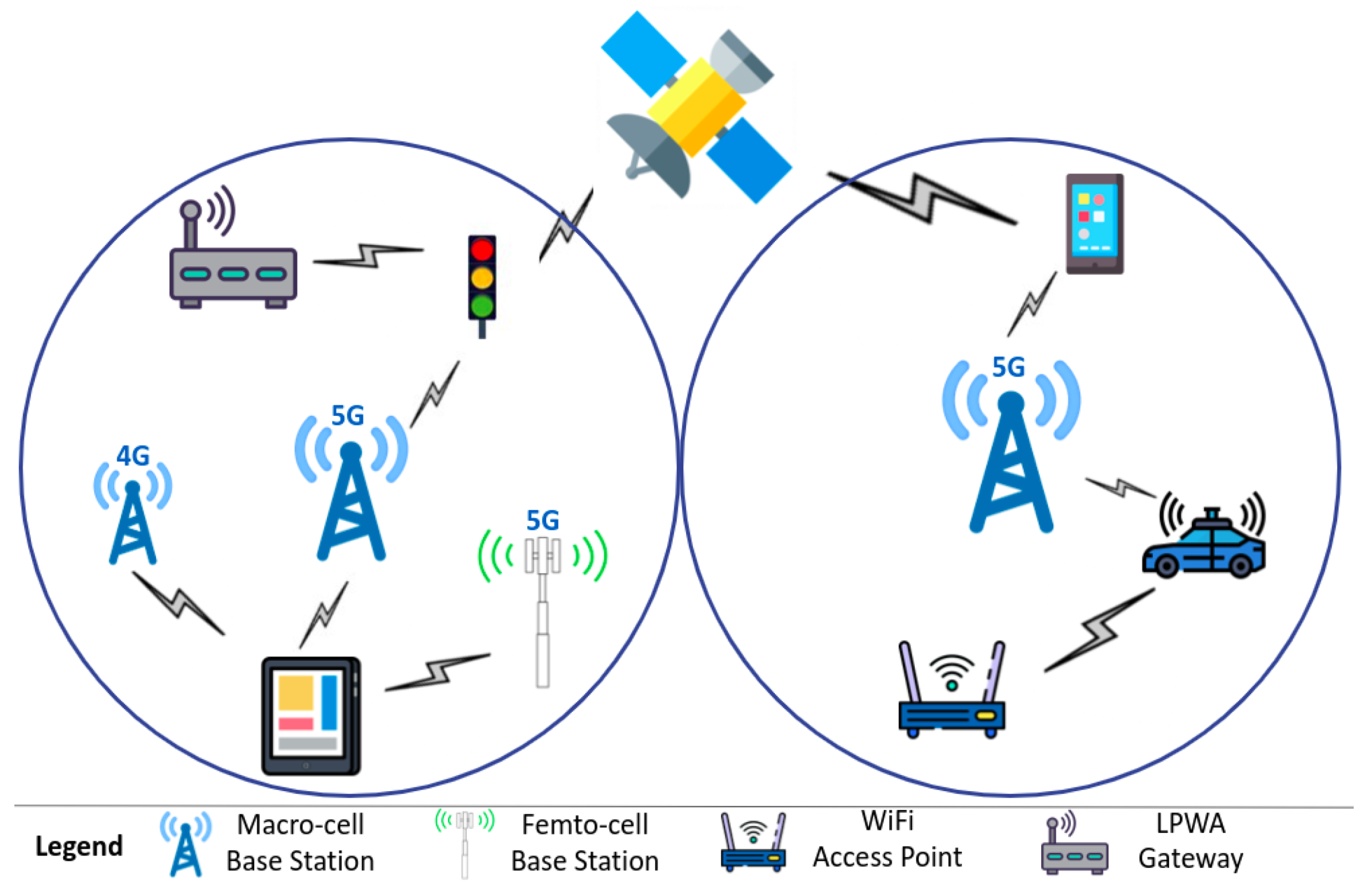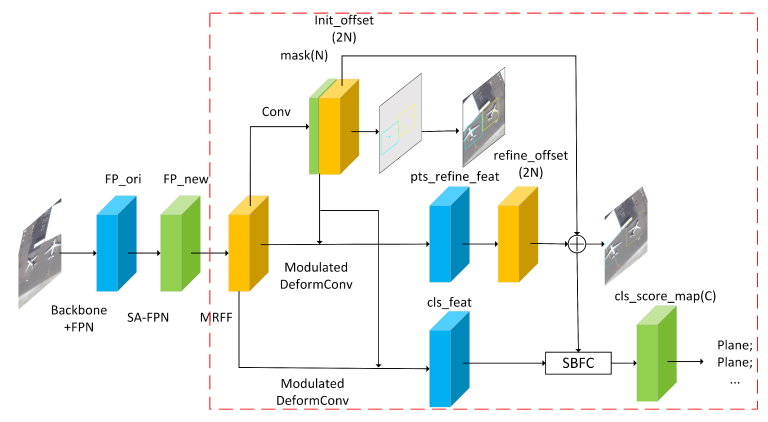Spatial Signal Processing Strategies to Maximize 5G Network Efficiency
telcomatraining.com – As 5G technology continues to revolutionize global connectivity, optimizing network performance becomes a top priority. One of the most transformative enablers of 5G’s success is spatial signal processing, a sophisticated approach to managing and enhancing signal transmission and reception in space. By leveraging these strategies, network providers can dramatically improve coverage, capacity, and efficiency.
Understanding Spatial Signal Processing
Spatial signal processing refers to techniques used to manipulate signals in the spatial domain, enabling more intelligent and targeted communication. Unlike traditional methods that treat signals uniformly, spatial processing considers the direction, distance, and environment of signal propagation. This spatial awareness allows networks to direct signals more precisely, reduce interference, and improve spectral efficiency.
In the context of 5G, spatial signal processing plays a central role in technologies like Massive MIMO (Multiple Input Multiple Output) and beamforming, which are vital for achieving ultra-fast speeds, low latency, and reliable connections.
Key Spatial Signal Processing Strategies in 5G
- Massive MIMO Technology
Massive MIMO systems use large arrays of antennas at base stations to simultaneously serve multiple users. This spatial multiplexing boosts capacity by allowing the same time and frequency resources to be reused in different spatial channels. With hundreds of antennas, 5G networks can create multiple streams of data directed at individual users.
By intelligently managing spatial channels, Massive MIMO minimizes interference and optimizes signal quality. This not only improves user experience but also increases overall network throughput and spectral efficiency.
- Beamforming
Beamforming is a spatial signal processing technique that focuses a wireless signal toward a specific receiving device rather than broadcasting it in all directions. This targeted transmission reduces signal waste, enhances signal strength, and improves data rates.
In 5G, adaptive and dynamic beamforming is used to track users as they move, maintaining optimal connectivity even in dense urban environments. It is especially critical in millimeter wave (mmWave) frequencies, which suffer from high path loss and require precise signal directionality.
- Spatial Diversity and Multiplexing
Spatial diversity improves reliability by transmitting multiple versions of a signal through different paths. This approach counters the effects of fading and ensures consistent connectivity. Spatial multiplexing, on the other hand, increases data rates by transmitting independent data streams across multiple antennas.
By combining these techniques, 5G systems can balance robustness and performance, adapting to different scenarios and user requirements.
- Interference Mitigation
In crowded 5G environments, managing interference is crucial. Spatial signal processing helps mitigate interference through advanced techniques like coordinated beamforming and spatial filtering. These methods allow the network to selectively block or suppress unwanted signals while enhancing desired ones.
Efficient interference management not only boosts throughput but also extends battery life in user devices by reducing retransmissions and power demands.
Real-World Applications and Benefits
Spatial signal processing has wide-ranging applications across industries. In smart cities, it enables seamless connectivity for IoT devices, autonomous vehicles, and public safety networks. In healthcare, it supports real-time telemedicine and remote surgery with reliable, low-latency connections. Industrial automation benefits from ultra-reliable communication and real-time data exchange on the factory floor.
The benefits of spatial signal processing in 5G include:
- Higher network capacity
- Reduced latency
- Improved signal quality
- Enhanced user experience
- Greater energy efficiency
Future Outlook
As 5G evolves toward 6G, spatial signal processing will become even more advanced. Integration with AI and machine learning will enable networks to adapt in real-time to user behavior and environmental changes. Furthermore, emerging concepts like cell-free massive MIMO and holographic beamforming promise to redefine spatial processing altogether.
Conclusion
Spatial signal processing is the cornerstone of efficient and high-performing 5G networks. By intelligently managing the spatial dimension of wireless communication, these strategies unlock the full potential of 5G—paving the way for a hyper-connected world. Network engineers, telecom providers, and policymakers must continue investing in spatial processing innovations to stay ahead in the rapidly evolving digital landscape.







